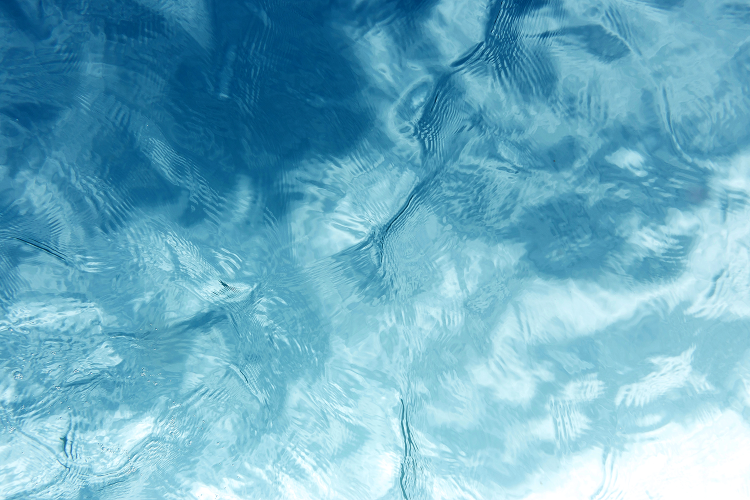Elevated Water CO2 Can Prevent Dietary-Induced Osteomalacia in Post-Smolt Atlantic Salmon (Salmo salar, L.)

Abstract
Expansion of land-based systems in fish farms elevate the content of metabolic carbon dioxide (CO2) in the water. High CO2 is suggested to increase the bone mineral content in Atlantic salmon (Salmo salar, L.). Conversely, low dietary phosphorus (P) halts bone mineralization. This study examines if high CO2 can counteract reduced bone mineralization imposed by low dietary P intake. Atlantic salmon post-seawater transfer (initial weight 207.03 g) were fed diets containing 6.3 g/kg (0.5P), 9.0 g/kg (1P), or 26.8 g/kg (3P) total P for 13 weeks. Atlantic salmon from all dietary P groups were reared in seawater which was not injected with CO 2 and contained a regular CO2 level (5 mg/L) or in seawater with injected CO 2 thus raising the level to 20 mg/L. Atlantic salmon were analyzed for blood chemistry, bone mineral content, vertebral centra deformities, mechanical properties, bone matrix alterations, expression of bone mineralization, and P metabolism-related genes. High CO2 and high P reduced Atlantic salmon growth and feed intake. High CO2 increased bone mineralization when dietary P was low. Atlantic salmon fed with a low P diet downregulated the fgf23 expression in bone cells indicating an increased renal phosphate reabsorption. The current results suggest that reduced dietary P could be sufficient to maintain bone mineralization under conditions of elevated CO2. This opens up a possibility for lowering the dietary P content under certain farming conditions.